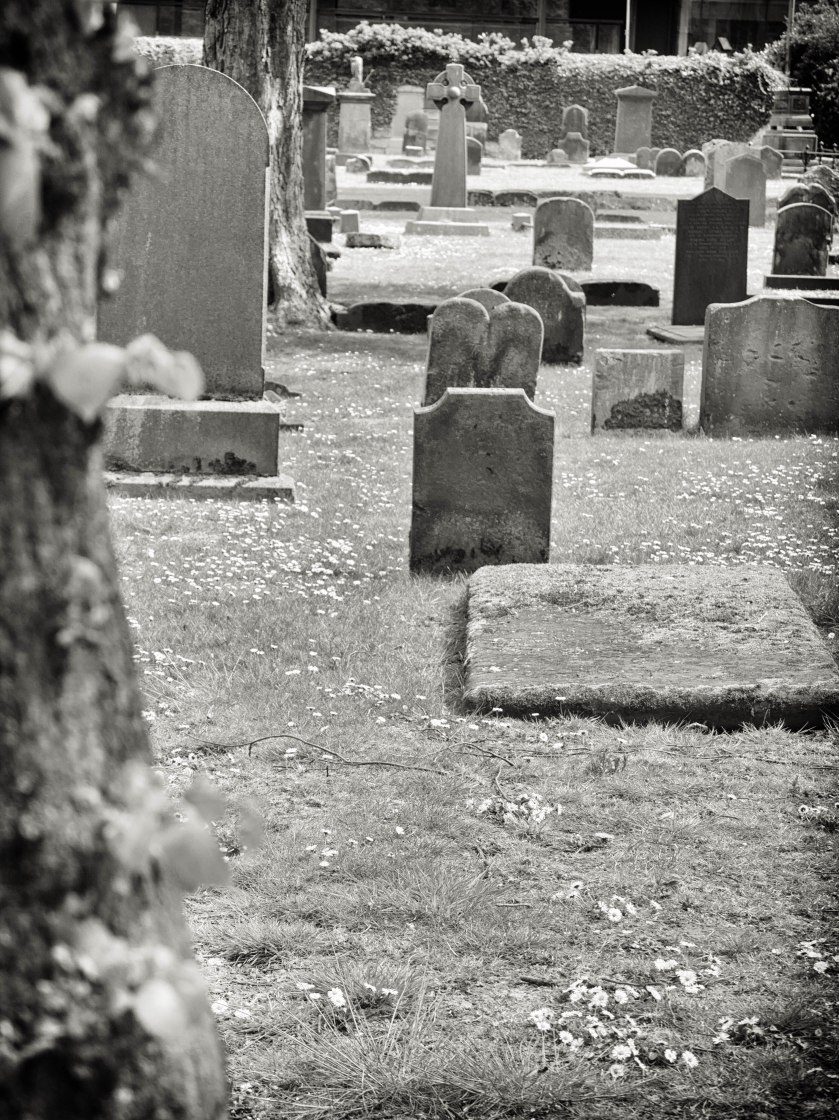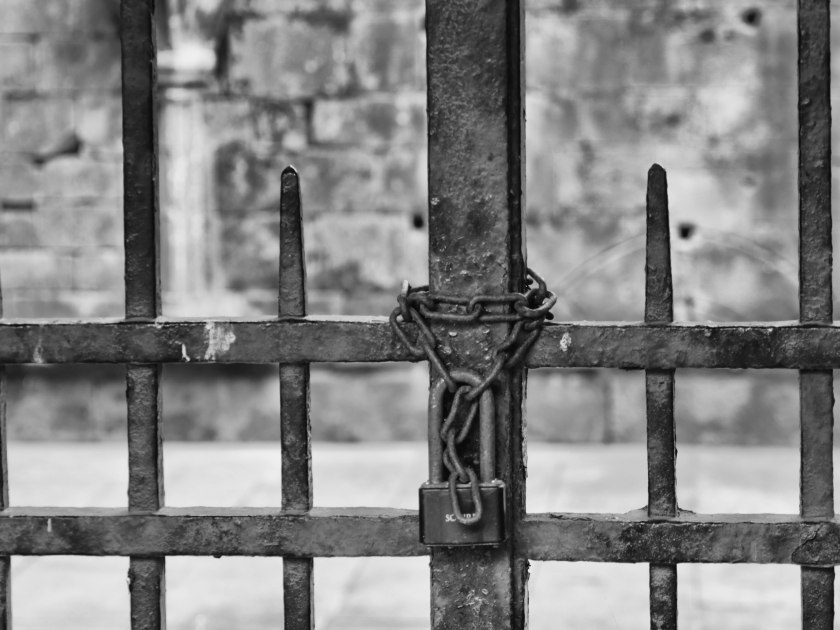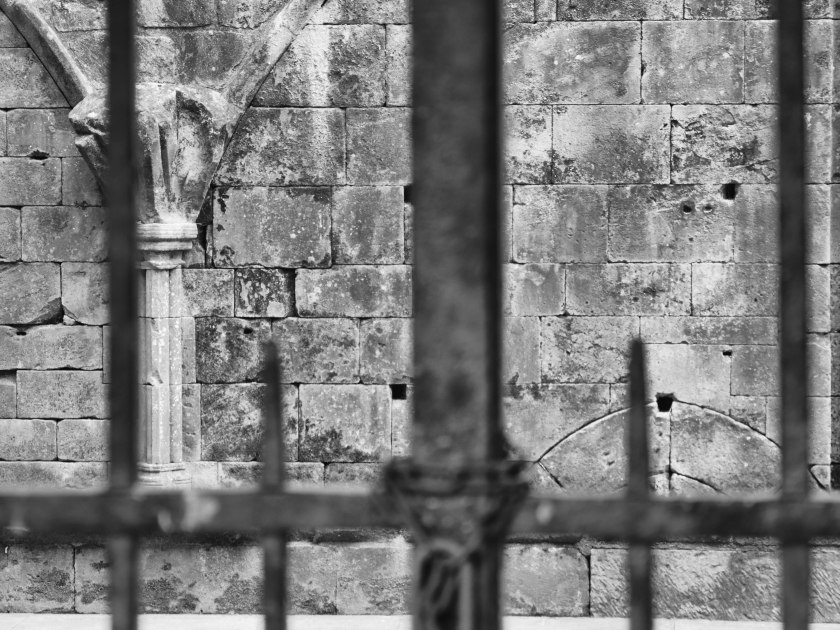Some thoughts and comments.
Blue text is my tutor’s comments, black my replies.
Demonstration of technical and Visual Skills, Quality of Outcome, Demonstration of Creativity
I like that you used your dog as a ‘hook’ to get the subjects to ‘sit’ for you. Everyone has their own method and this is obviously working for you.
The pictures themselves raised a couple of questions. Please remember there aren’t right or wrong answers to these, they are intended to prompt your thinking about your own work. They could form the basis of some useful learning log posts. o Why black and white? You state: “I decided to use a monochrome conversion for the final images as this bought a coherence to the series and evened out the variable backgrounds and lighting conditions.” In what way does black and white bring coherence? What does black and white do that colour might struggle with? What does it not do?
When I looked at the series of images they were very variable in lighting condition as all shot outside. I felt the colour images gave more prominence to the surroundings rather than the face itself, while the monochrome allowed the focus to be on the details of the person. There were also some distracting pieces of colour that I had not managed to avoid in the background as the people were shot were they stood and I did not ask them to move to a potentially better location. However, colour might have emphasised the skin tones of the people or helped to identify their ages.
All of your subjects are smiling and the pictures have the feel of a relaxed but professional portrait shoot. What do the portraits say about these ‘heads’ when shown as a series? Do the smiles affect how the work is viewed as a typology?
The ‘heads’ show a generally happy and content group of people who were prepared to have a ‘bit of fun’ while being photographed by a stranger. They were all taken while out on a walk in a park, so presumably in a relaxed moment. This gives a positive image – but if taken on another day, or in another place, these same people might be more subdued. I did show the images to the people and they were all pleased with how they looked! The smiles portray Scots as a positive group of people – not how they are usually perceived.
How did your choice of focal length and distance to subject affect how your sitter is portrayed? Related to this, how does camera position affect how we as viewers regard the sitter? Traditionally men and women were photographed differently in head shots, women looking up for a more flattering pose and men looking down to reflect power. What do your pictures do to challenge or support these stereotypes.
The images were all taken with me fairly close to the person, and often while I continued to chat to them, this did mean that they were all aware of the photo, no unexpected moments or expressions, therefore no surprises or glimpses of deep contemplation. I tried to take the images at a level with the person to get a feeling of equality. I had not considered differentiating between the pose of men and women, possibly this is showing that the previous stereotypes are less prevalent than in the past. I was not attempting to show power or beauty, but just the person as a person, with no emphasis on gender.
One thing I should point out is your captions. To be blunt, no one cares what camera settings you used. What they will care about though is something about your subjects. Their name perhaps, and where/when the portrait was made. Imagine you walk into a museum in 50 years and you see your portraits hanging on display. Are you interested in what camera settings were used or do you want to engage with the work and find out more about the people photographed? I’ve found a good test for whether pictures are working or not is to ask this question. If technical information is your first stop then the pictures are probably boring. If you want to learn more about the subjects and don’t care about technical considerations then the photographer has succeeded.
This is a very fair point. I only captioned the photos with camera settings because when I was doing TAOP some years ago this is what my tutor at that time wanted me to do. I would never look at technical information unless I was curious about how an image was achieved, and the image would have had to catch my attention first.
Overall I was pleased with the feedback and found it helpful. It has made me think harder about the ‘why’s’ of the images rather than the ‘how’.












































